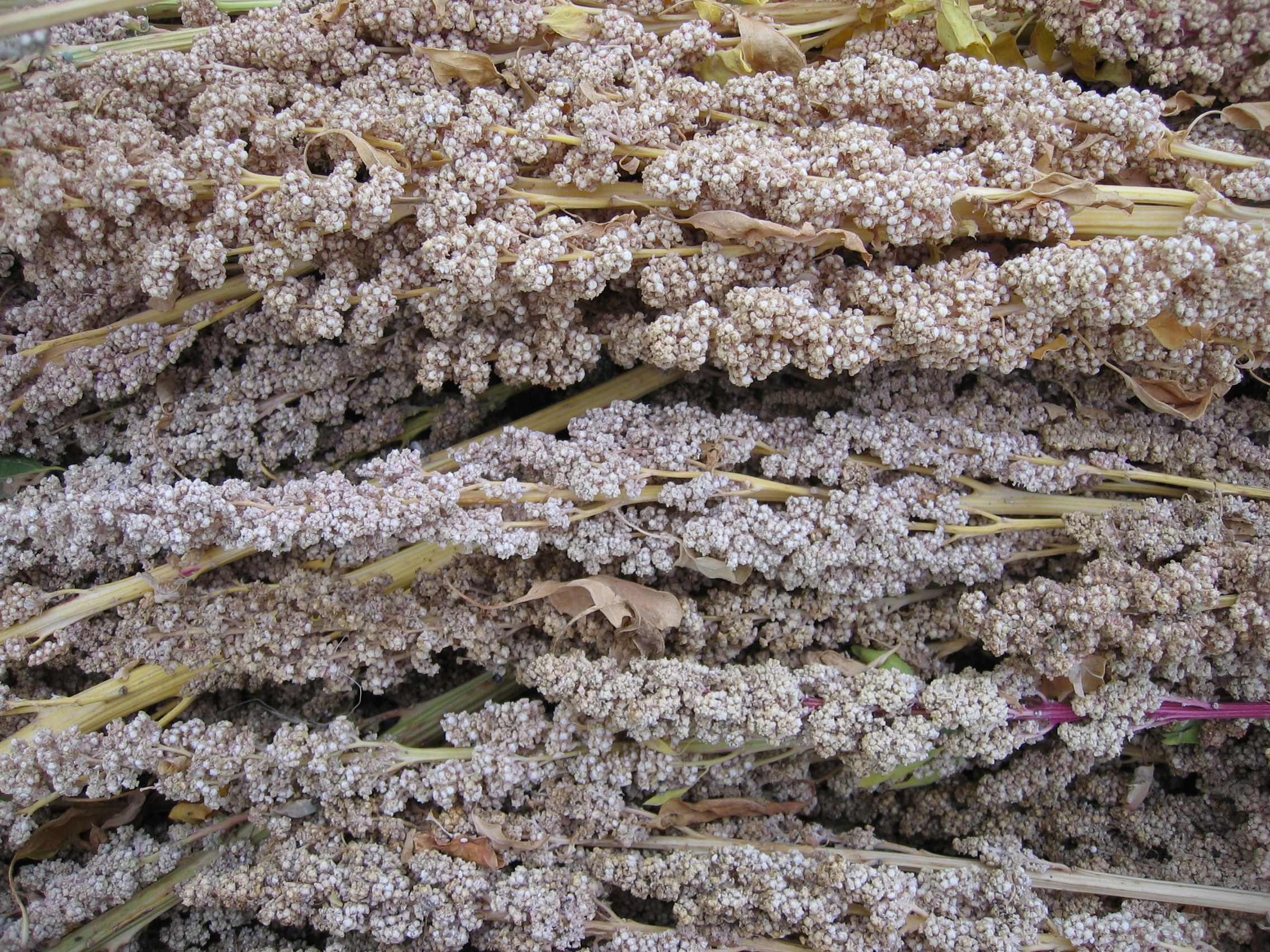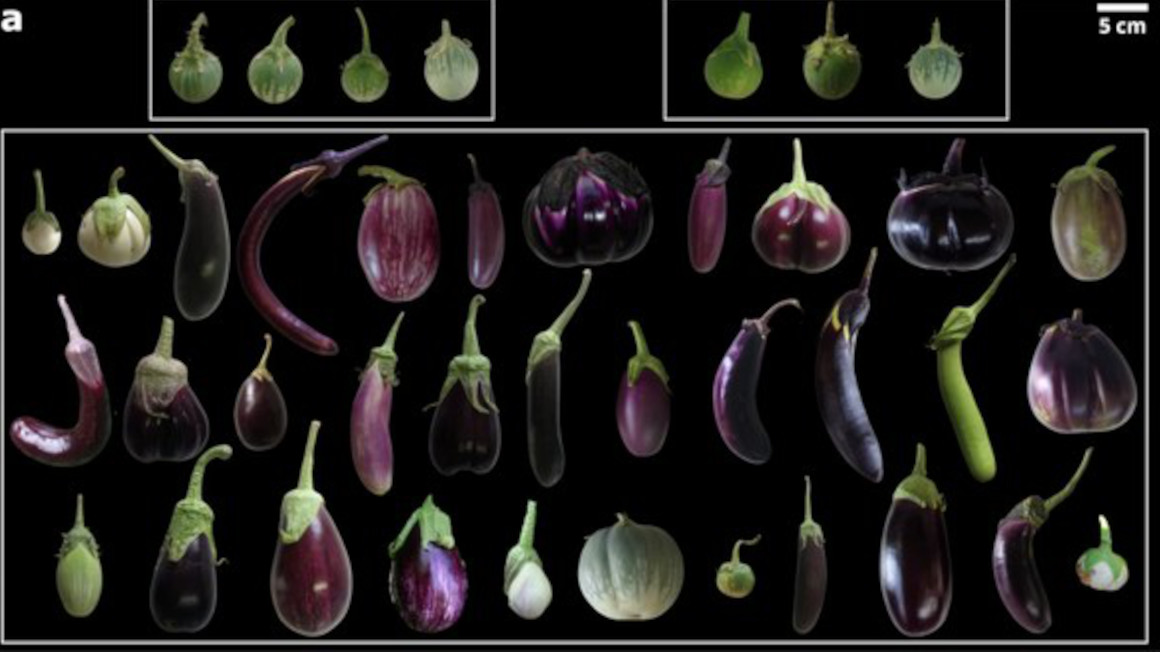Quinoa: role model for salt-tolerance
Special bladder cells on quinoa leaves remove salt from the plant metabolism. Researcher at the University Würzburg identified specific gene activities underlying this mechanism.

Due to climate change more and more arable land is drying out, and subsequently requires irrigation in order to grow crops. However, steady and heavy irrigation causes soil salination, because the salts that are dissolved in the water are diffused into the soil and remain there after the water has evaporated. The salt in turn stunts the growth of the crops and, if left untreated, can even turn soils infertile. Considering the growing acreage that already or will soon require heavy irrigation due to global warming, stunted growth of crops endangers the possibilities to feed of a growing world population. An international research team headed by Rainer Hedrich, plant scientist and Professor at the Julius Maximilians University Würzburg, analysed the salt-tolerant quinoa plant. Quinoa is equipped with special bladder cells on its leaves that store excessive salt and thus protect the plant’s metabolism and enable it to grow even on salinated soil. By comparing the quinoa genome to other species the researchers identified specific gene activities that underlie the salt-storing mechanism. The findings are published in the journal “Cell Research”.
Bladder cells on quinoa leaves are essential for salt tolerance
“All approaches so far to breed salt-tolerant plants must be considered more or less as failures”, says Hedrich. According to him, their mistake was to grow crop plants on saline soils first and then trying to identify salt-tolerant lines by assessing the surviving plants. “Our crop plants are the result of many years of breeding. During that time, man has sheltered them from nearly all negative environmental influences, so that they have lost a lot of their natural resilience,” explains Hedrich. “As soon as these elite lines come in contact with too much salt, they usually die.”
Thus, Hedrich and Sergey Shabala, Professor at the University of Tasmania, analysed a plant that is naturally salt-tolerant: Quinoa (Chenopodium quinoa). Originally from the Andes, the plant absorbs salt from the soil and stores it in bladder-shaped cells on the surface of its leaves. This protects the salt-sensitive metabolic processes, and the plant grows well even on salinated soils. The cells have a diameter of almost half a millimetre, which means they can be seen with the naked eye. Their storage capacity is up to 1000 times higher than that of any normal cell of the leaf surface. A simple test proves the necessity of the bladder cells for the plant’s salt tolerance: “Just a few light brush strokes over a quinoa leaf cause the bladder cells to fall off,” says Shabala. Stripped of their salt bladders, these plants still grow on non-saline soils, but exposure to common salt stunts their growth significantly.
Specific gene activity ensures salt transport
Jian-Kang Zhu, Professor at the University of Shanghai, and his colleagues decoded the genome of the salt-tolerant plant. Hedrich’s team then compared the active genes of leaves and bladder cells. The result: certain genes in the bladder cells are always active, with or without salt treatment. In contrast, in other species, the same genes are only active when the plant is stressed. These genes include transporters carrying sodium and chloride ions into the bladder cell.
Salt-tolerant spinach via crossbreeding
Now that the genes responsible for the plant’s salt-tolerance are identified, they will further the breeding of other salt-tolerant plants: “The first step is made”, says Hedrich. “We will now use a combination of developmental genetics and the functional analysis of salt transport proteins to understand the molecular mechanisms that produces and maintains the salt tolerance in quinoa.”
There are about 2000 wild and cultivated varieties of quinoa known to date, some of them are equipped with a very large, others with a very low number of salt bladders. The researchers now aim to compare and contrast the activities of the already identified specific genes. The ultimate outcome of their work might not only be the breeding of quinoa varieties with an even higher salt tolerance, but also the crossbreeding of salt tolerance genes into related crop plants such as sugar beets or spinach.
jmr


